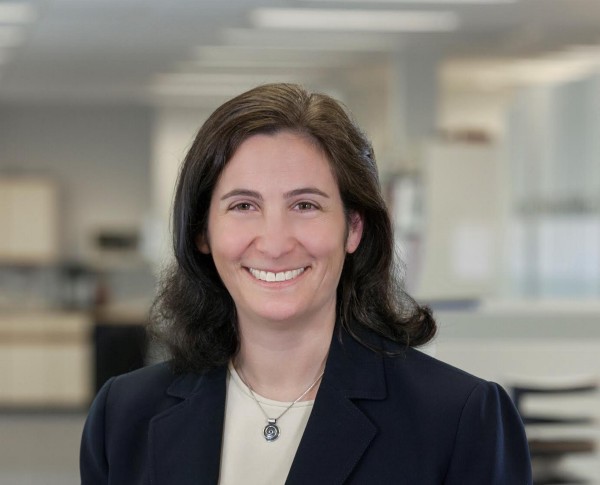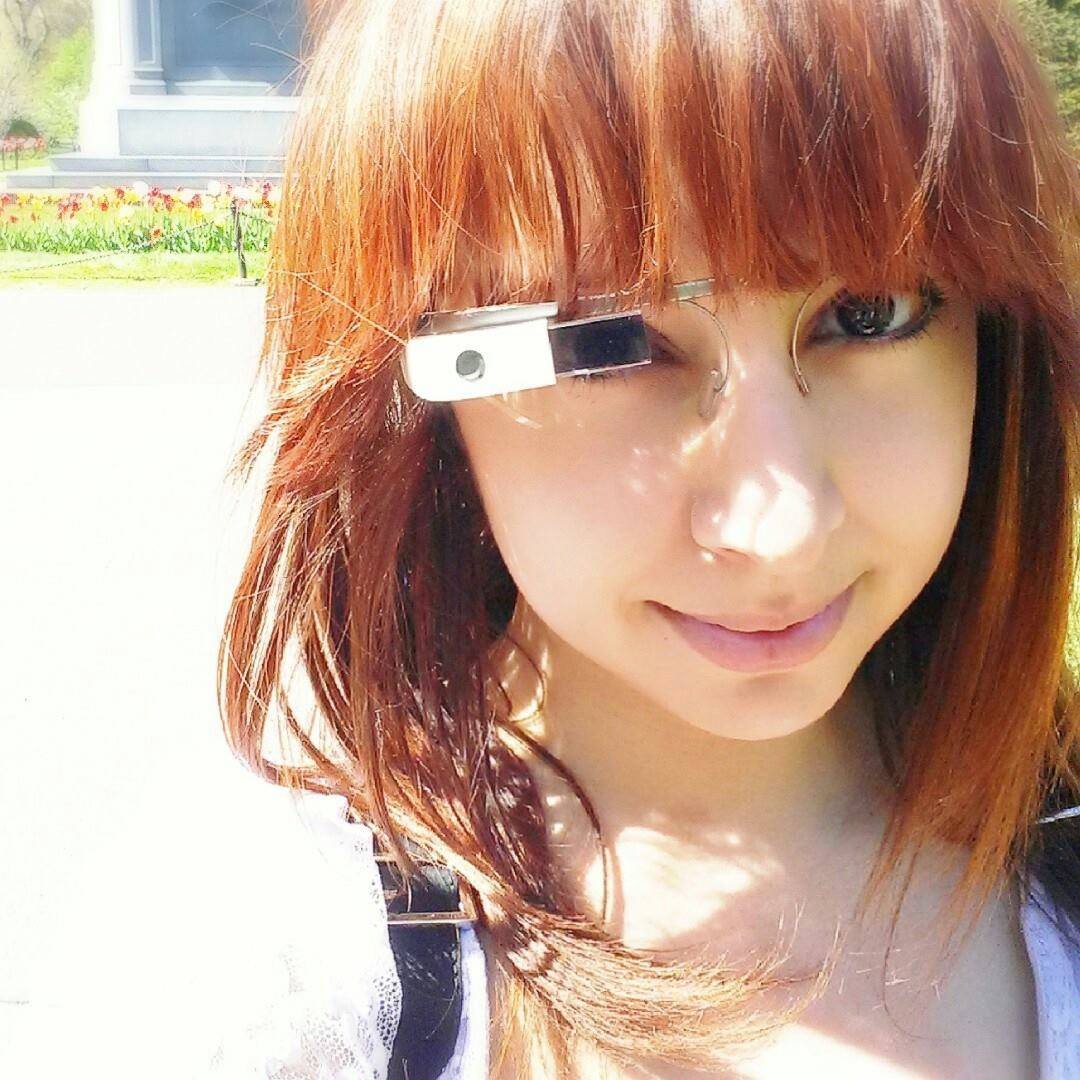Lori Brock, Ph.D. is Head of Innovation Americas at OSRAM, where she leads the company’s transition from a traditional lighting manufacturer to a pioneer of innovative lighting technology. Before joining OSRAM, Lori completed her doctoral degree in Physical Chemistry at the University of Georgia, and held a series of research fellowships and technical positions. Currently, she is interested in the applications of LED light outside of its traditional uses for illumination, which include smart city technologies, wearables, mobile phones, autonomous vehicles, and more.

Can you tell us a bit about your background, and your role as Head of Innovation Americas at OSRAM?
I started within OSRAM as a postdoctoral research associate working in the lab to develop new chemical formulas for lighting products and innovative laser-based diagnostics for manufacturing. At this time, OSRAM was focused on highly efficient lighting products as a way to reduce energy consumption. I became fascinated with the broad reach of lighting into people’s lives, whether it be in the home, office, auto, street, stores, stadium, school, and even in the mobile phone in your pocket.
Ten years ago I stepped out of the lab into a management role in order to broadly investigate the value of lighting beyond energy savings. As the Head of Research and Innovation for OSRAM in North America I develop strategic programs and build teams and expertise to drive the digital transformation of OSRAM. This is the best job in the company because I interact daily with talented scientists, engineers, developers, and technologists who are pushing the boundaries of lighting technology forward.
What does it mean for OSRAM to be a “lighting technology” company, rather than just a lighting company?
The OSRAM brand is over 110 years old. For the first 90 years we had essentially one core product, the light bulb, providing general illumination for vision. This is our heritage. But most people don’t know that in the last decade we have significantly pivoted from glass and metal light bulbs toward semiconductor devices including LEDs, infrared emitters, lasers, and sensors.
This technology opened up new application areas for OSRAM beyond illumination including IoT, communications, mobility, smart cities and buildings, controlled environment agriculture, and a lot more. Some surprising innovations include biometric identification such as iris scan and facial recognition in mobile phones, lasers for LIDAR systems (Light Detection and Ranging) in autonomous driving, beacons for indoor navigation in smart buildings, and an IoT platform for the lighting industry called Lightelligence.
Generally, lighting is something we take for granted. At OSRAM, you are pioneering complex lighting systems that impact our everyday lives in ways we might not realize. Can you tell us a little bit about human-centric lighting and its implications?
It is true that lighting is taken for granted and most people don’t even notice it until it isn’t working. Light of course allows us to see, but it also affects us our health and well-being. Light is the major synchronizer of our circadian rhythms to the local time zone. We spend a lot of our time indoors in modern life, resulting in irregular exposure to natural light and circadian rhythms that are often out of sync with the natural daylight cycle.
Human-centric lighting (HCL) is the term we use to describe indoor lighting solutions that mimic natural light and help to entrain the circadian system. In HCL the color, intensity, duration, distribution, and timing of the lighting is provided to enhance our sleep quality, performance, concentration, alertness, and overall well-being without the need for pharmaceuticals.
What are some exciting applications of HCL you’re working on?
One interesting application of HCL uses light glasses to improve the performance of athletes. We deliver short-wavelength (blue) light via glasses directly to the retina of the athlete, since we know that blue light maximally affects the circadian system. We have tested these light glasses with Olympic skiers and swimmers and professional auto-racers to increase their alertness and improve their performance, and results have been extremely positive. Jet lag reduction during travel is another promising application of HCL since we can use light to shift an out-of-sync circadian rhythm. We are also using HCL in office applications and with shift workers.
What are you most excited about for the future of lighting technology? What are your predictions for 10, 20, or even 50 years from now?
The most exciting developments happen in the fuzzy spaces between concrete fields of study when people with diverse expertise come together. In the next 10 years I expect that experts in distinct fields such as medicine, artificial intelligence, agriculture, and electronics will converge to help to complete the picture on the influence of light on people, plants, and animals. For example, what are the ideal spectrum and environmental conditions to grow the largest and tastiest tomatoes with the lowest water use in Boston? How can I help Alzheimer’s patients get a good night’s sleep without using additional medication?
Any closing thoughts?
We can’t predict the future, but we can prepare. My advice is to get out of the office, ask a lot of questions, be flexible, and move quickly when opportunities arise.
The HUBweek Change Maker series showcases the most innovative minds in art, science, and technology making an impact in Boston and around the world.
To stay up to date on our Change Makers, events in Boston, and everything else at HUBweek, subscribe to our newsletter, and follow us on Twitter, Facebook, and Instagram.

